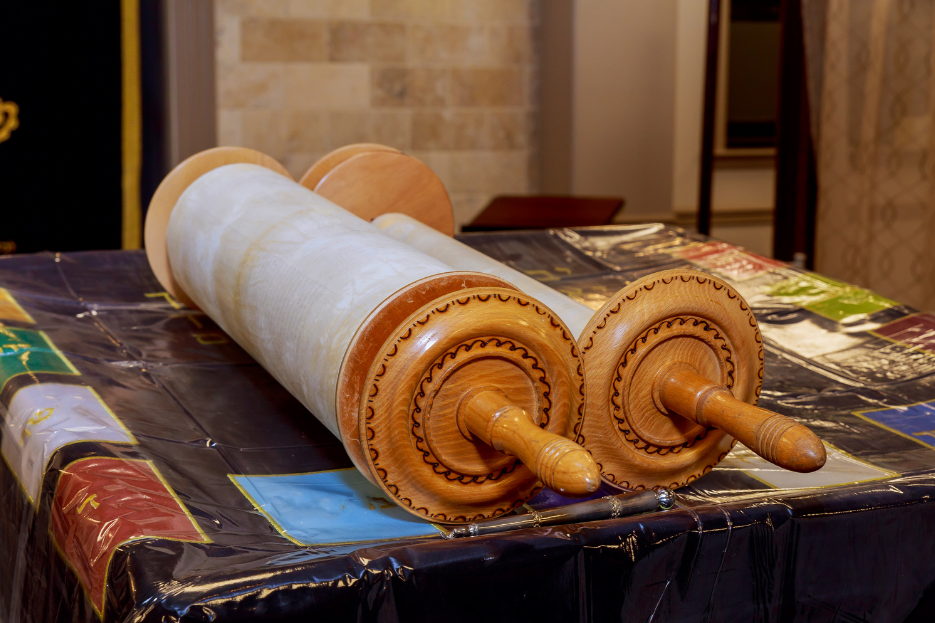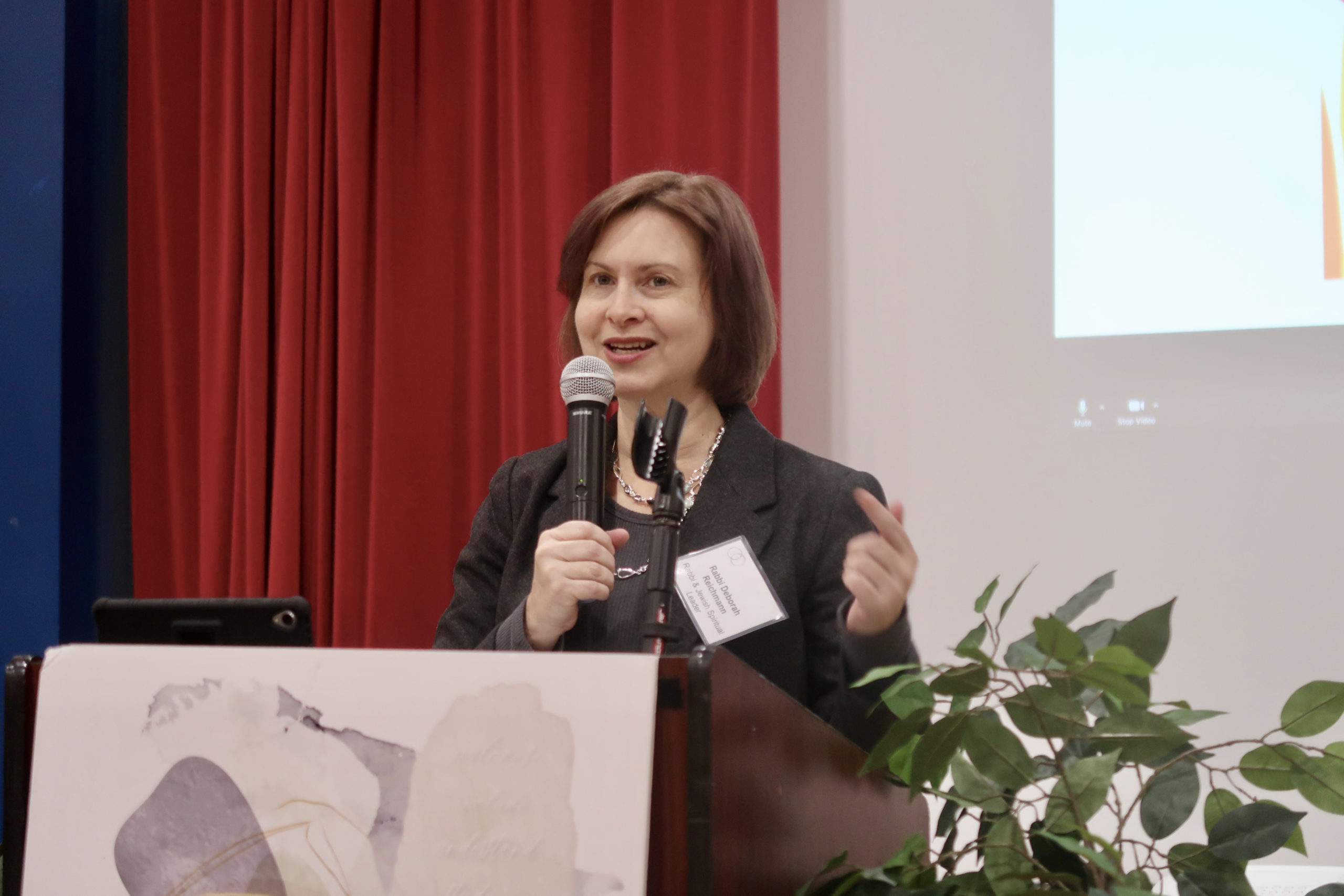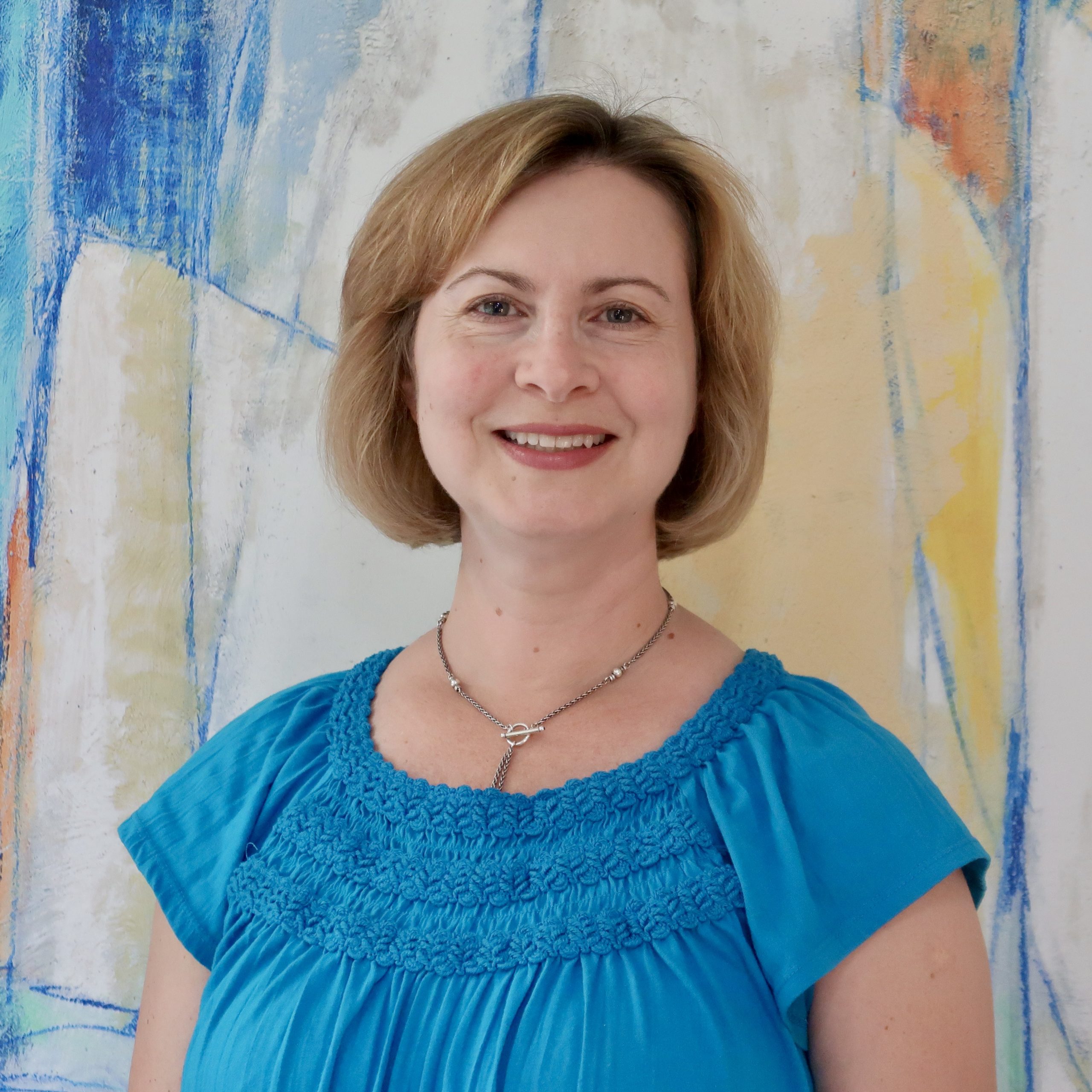The Jewish Holy Day of Shavuot, which will be celebrated this year on Friday, commemorates the giving of the Torah at Mount Sinai. It also happens to be a pilgrimage holiday celebrating the first harvests of the agricultural year. But, for today, let’s look at the first meaning.
Next to the miracle of escaping from slavery, the gift of the Torah, the giving of the law at Mt. Sinai is the greatest event in the history of the Jewish people. (At least, that’s the traditional take).
What a gift indeed, not only does the Torah have the foundational stories of Judaism (Creation, Adam and Eve, the Flood, Abraham, Isaac and Jacob, and so on), but it also provides for the laws and customs that make society work. Insight into governance, communal behavioral norms, and day-to-day living. All of these can be found on these pages.
What’s more, it is a document that is as relevant today as the day it was written.
Wait… Well… Kind of yes and kind of no.
Yes, because, well we’re all here – somehow, somewhere we find value in our religious texts. And no, because it was written for a people who lived far away from here many thousands of years ago, and put simply, times have changed.
But, back to that “kind of yes” part.
There is a midrash (an ancient interpretive biblical narrative), often studied on Shavuot, that presents the idea that all followers of God; past, present, and future, stood at Mt. Sinai to receive the revelation of Torah collectively, each in a way that they could understand it.
I don’t know about you, but I’m pretty sure that if I were at Sinai, I wouldn’t have understood a single word of whatever ancient version of Hebrew or Aramaic was spoken. So how is it that the Torah was given in a way all people past, present, and future could understand it?
The Talmud, the compilation of Jewish law, makes the assertion that the Torah speaks in the language of humanity. But, again, humanity does not speak in one tongue. (One of those foundational stories is that of the tower of Babel, right?)
Even today, half the time, I can’t even understand English when it is spoken by a person of a younger generation. Slay? Drip? Extra? (yes, they are all English words, but they don’t mean what I think they mean).
So, how does this idea that we all were at Sinai, and we all were given a Torah we understand really work?
On a basic level, we can take it all at face value, and assume that if we were all at Sinai (already a leap of faith), then we all by the same divine providence would have understood it. Easy, a miracle within a miracle. But, that doesn’t really satisfy me as I have no memory of standing there – so that gift of understanding isn’t in my brain. Instead, let’s take this for the lesson that it is.
The Torah has fundamental truths that illuminate our lives. It is how we approach learning these truths that leads us back to Sinai.
One approach is, of course, literal interpretation. A word-for-word understanding. This is problematic on many levels, it doesn’t take into account the centuries that have passed, and the changes in culture, knowledge, and humanity that come with that. The literal interpretation is also difficult because some of those laws just don’t work. The Torah says I can own a slave. International Human Rights, and frankly my own morality says I most certainly can not.
So, another approach then. This is the harder path. It means reading the text holding all of the contradictions and difficulties together while teasing out the truth of the lesson. And, that “truth” is subjective. My derived lesson might be very different from yours.

Maimonides, a 12th-century Jewish scholar, tackled this problem in a useful way. First, he taught, the ineffable truths about God are in the Bible, but not stated in language. These ineffable truths could only be seen through the lens of metaphor. Second, the language of the bible itself needs to be taken with many grains of salt. The text was given to certain people in a certain place at a certain time so that they would understand it, we who do not live in such a place and time, are required to interpret it.
Using these two tools, looking at the text as a metaphor, and looking at the text mediated through time and practice, the Bible becomes more accessible. Maimonides gives us the permission to question, analyze and interpret, to seek out the ineffable truths so that they resonate with us.
In this way, I do believe that we were all at Sinai and that the Torah was written in the language of humanity. Being at Sinai makes the Torah mine (and yours) directly. I can seek those fundamental lessons, and if I can place the filters of time, place, and language in my mind, then I can find those teachings that are immutable. I can see that the language of humanity that the Torah was given in still resonates.
Rev. Sam and I have spent this whole year seeking to understand our holy teachings as lessons in love. It is that language, the language that allows for personal growth, for individual interpretation, for a person to question and challenge that makes the Torah the personal property of each of us.
The sage Hillel taught that the entirety of the Torah is to love one’s neighbor as one’s self. The message of the Torah is love, and the human language it is written in leads each of us, in our own way and in our own time to learn and live that love.
No, I will not own a slave. That is filtered out by my time and place and heart. That I feel that I can make that assertion, that I am encouraged to engage with these texts, makes me appreciate the laws that still apply and the lessons I still have to learn.
The giving of the Torah at Sinai was a great gift. The idea that our spirits were there, too, makes that gift ours to fight with, learn from, and expand upon. That is, surely, the language of humanity.




